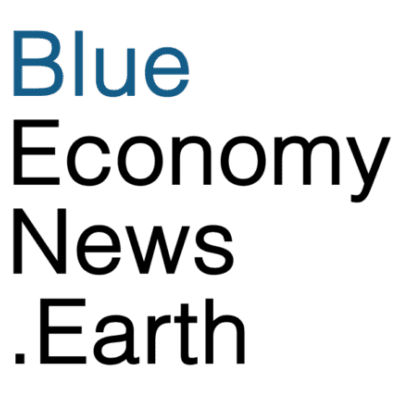NOAA Fisheries awarded more than $9.2 million in grants funded by the Inflation Reduction Act to academic partners that will help recover threatened and endangered Pacific salmon. These grants are part of the Biden-Harris Administration’s $27 million investment in Pacific salmon recovery science.
The largest ($7.48 million) was awarded to the University of California at Santa Cruz via the Cooperative Institute for Marine, Earth and Atmospheric Systems. UC Santa Cruz researchers across disciplines, including molecular ecology, fisheries biology, and climate will work closely with NOAA scientists on projects such as studying the genetic underpinnings of heat tolerance in steelhead to reveal which populations might be most resilient to climate change. The goal is to produce research in support of NOAA’s science-based salmon recovery plans.
“Transforming the future for Pacific salmon requires new thinking, and that is where the UCSC-NOAA collaboration really shines,” said Eric Palkovacs, professor and director of the Fisheries Collaborative Program at UC Santa Cruz. “We have fully integrated research teams working on the biggest challenges, developing and field testing new restoration approaches.”
Salmon are a vital resource along the West Coast, with important cultural, economic and ecosystem benefits. Overfishing, climate change, predation, and loss of habitat have pushed some populations to the brink of extinction. Currently, salmon and steelhead are considered threatened or endangered across much of their native range along the Pacific Coast. NOAA is striving to bring these populations back to sustainable levels to support fisheries, tribal treaty obligations, and ecosystems.
“The aim of the work is to create new tools that can evaluate the effectiveness and cost of different recovery strategies and fill critical information gaps,” said Steve Lindley, director of the Southwest Fisheries Science Center’s Fisheries Ecology Division in Santa Cruz, California. “This will include work across all the habitats that salmon use over the course of their lives—rivers, estuaries, and the ocean.”
The other cooperative institutes are located at the University of Washington, Oregon State University, and Woods Hole Oceanographic Institute. NOAA partners with 16 cooperative institutes, which include 80 universities across 33 states.

